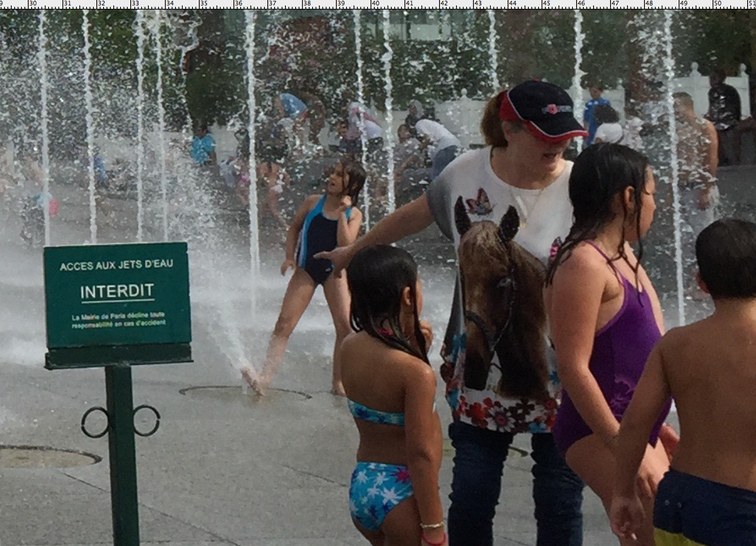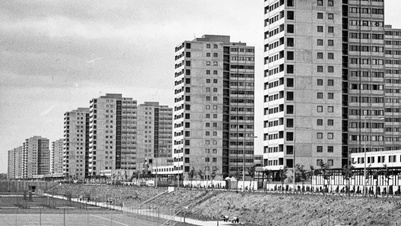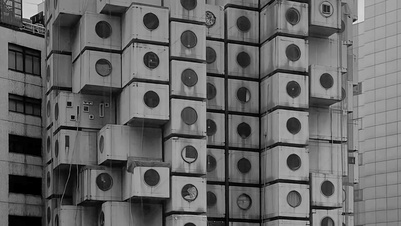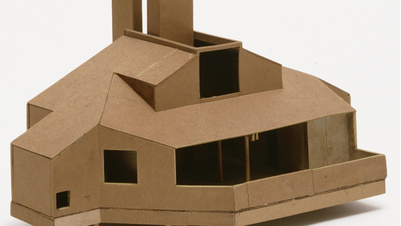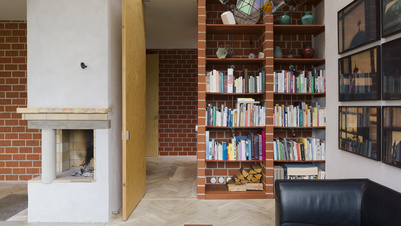International Lecture Series: Antonio Borgogni
KADK
Danneskiold-Samsøes Allé 53
1435 København K
Kunstakademiets Arkitektskole inviterer til åben forelæsning med Antonio Borgogni (adjunkt og forsker ved University of Cassino and Southern Lazio). Forelæsningen er del af forelæsningsrækken: "International Lectures Series", hvor Arkitektskolen inviterer store internationale navne indenfor til en eftermiddag med fokus på væsentlige internationale temaer i arkitekturen.
The body and the city: implicit and disregarded relationships
The body is regaining the public space is the perspective theoretical framework of the lecture. Planners have been often misunderstood or disregarded the - constantly conflicting - relationship among the body, the public space, and the town planning. In the background, the dispute on the control of the body and the public space is shifting its meaning from bio-politics to psycho-politics.
In this light, the planning of active cities, designed to facilitate body movements, could represent a meaningful perspective if carried out in an interdisciplinary and intersectoral way. Nevertheless, the active city planning should comply with criteria and concepts like participation, place/space, adaptability/flexibility, looseness/tightness, porosity, altruistic/egoistic mobility.
Ultimately, the relationship between body and the city is a matter of developing democracy by reducing inequality in the public space.
